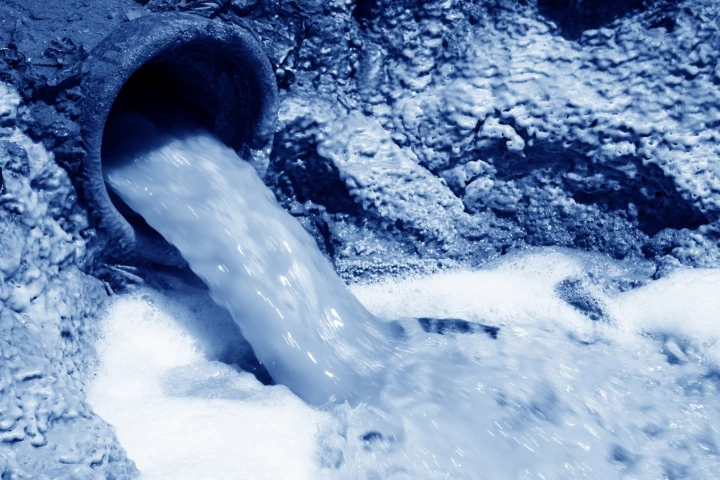Desalination
-
The search is very much on for new water desalination technologies that can get the job done more efficiently. Scientists in Melbourne have put forward one rather promising solution, developing a new kind of system that heats up and purifies water using only the power of the Sun.
-
"Hypersaline brine" is industrial waste-water with salt levels that exceed even that of seawater. It’s a big, expensive, destructive problem which a team of engineers at Columbia University in New York City hope to solve with their solvent-based method of desalination.
-
When salt is removed from seawater in desalination plants, the byproduct is a lot of highly-salty brine. Ordinarily, this is just dumped back into the sea, which can harm the environment. Thanks to a new treatment process, however, that brine could actually be used to desalinate more water.
-
Seawater is a complex cocktail of useful minerals, but it’s hard to separate the ones we need. Now a team of scientists from Australia and the US has developed a new water desalination technique that can not only make seawater fresh enough to drink, but recover lithium ions for use in batteries.
-
Thorium reactors have long been proposed as a cleaner, safer alternative to nuclear energy. Now Russian scientists propose a new thorium reactor design that can burn weapons-grade plutonium, producing power and thermal energy while disposing of nuclear waste at the same time.
-
Desalination makes saltwater more palatable and potable, but being a bit of an energy guzzler means it isn't the most practical solution in off-grid situations. A new system makes use of nanoparticles to harness the power of the sun and distill water more efficiently, without needing electricity.
-
Researchers at the University of Manchester have developed a graphene-oxide membrane with a scalable, uniform pore size that can filter out even the smallest salts, giving it potential for producing drinking water from salt water without affecting the flow of the water too much.
-
An American startup is looking to turn seawater into drinking water using only the motion of the ocean.
-
A desalination project proposed for California’s central coast would draw water from one of the world's deepest submarine canyons, making it potentially less harmful to ocean life. The Deep Water Desal facility would require substantially less energy to operate than typical desalination plants.
-
Researchers at the University of Illinois have come up with a new battery design that not only relies on salt water to store and release electricity, but removes the salt ions from the water in the process.
-
Engineers have used nanotechnology to model a new membrane that can filter salt from seawater at higher volumes than ever before. The membrane, made from molybdenum disulfide, “pulls” clean molecules water through itself. Potentially, this could make desalination plants much more energy-efficient.
-
As access to clean water continues to be an issue throughout the developing world, there's an increased demand for easier ways to turn contaminated and salty water into something you can drink. Researchers at MIT may have found a solution using a method they are calling shock electrodialysis.
Load More











